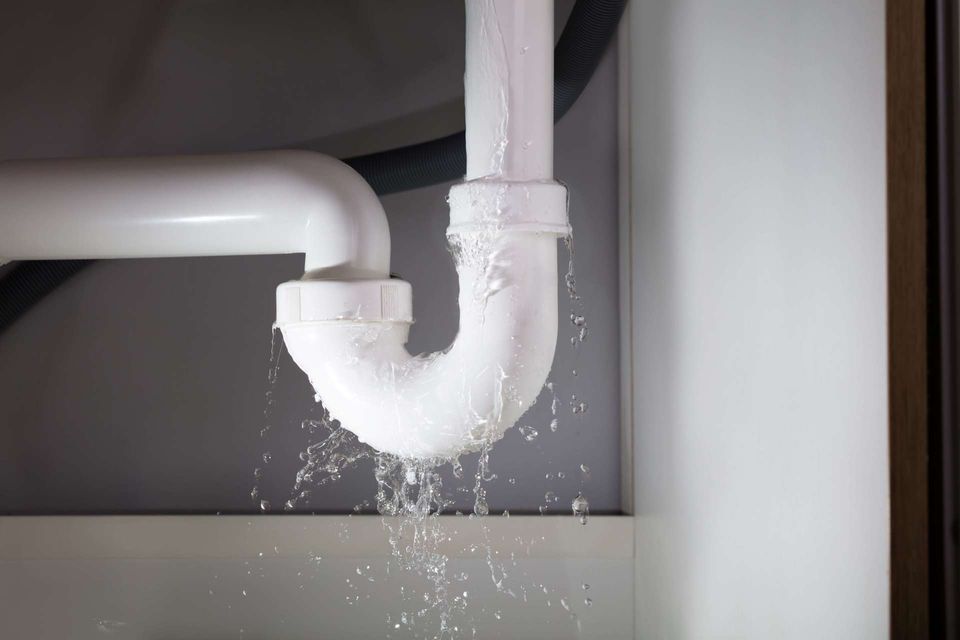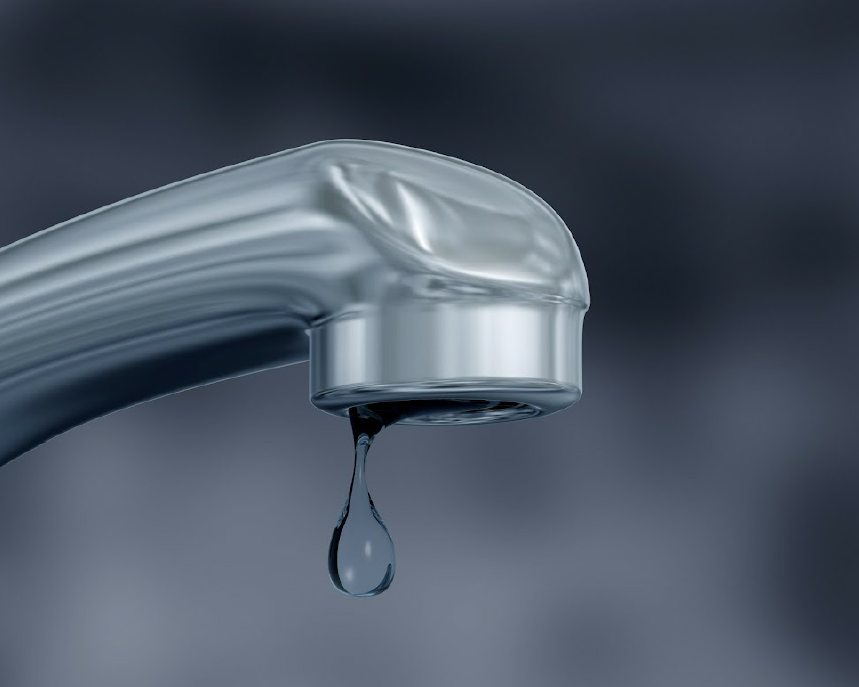Just about everyone seems to have his or her own assumption about Top leak detection hacks.

Early detection of dripping water lines can mitigate a possible calamity. In addition to conserving you money, it will reduce the irritation and also irritation. The minute you discover a leakage, calling your plumber for fixings is the very best service. Some little water leakages may not be visible. If you can not spot it with your naked eyes, below are some hacks that aid.
1. Check Out the Water Meter
Examining it is a surefire means that aids you find leaks. If it moves, that indicates a fast-moving leak. This implies you might have a sluggish leakage that might even be underground.
2. Examine Water Usage
Evaluate your water costs and track your water intake. As the one paying it, you must discover if there are any type of inconsistencies. If you find sudden changes, despite your usage being the same, it means that you have leakages in your plumbing system. Keep in mind, your water costs ought to fall under the very same range on a monthly basis. An unexpected spike in your costs shows a fast-moving leak.
A consistent increase every month, also with the same behaviors, shows you have a slow-moving leak that's likewise gradually intensifying. Call a plumber to thoroughly check your property, particularly if you feel a cozy area on your flooring with piping below.
3. Do a Food Coloring Examination
When it pertains to water intake, 30% comes from commodes. Test to see if they are running correctly. Decline specks of food color in the container and wait 10 minutes. There's a leakage between the tank and also bowl if the shade somehow infiltrates your dish during that time without flushing.
4. Asses Outside Lines
Do not neglect to examine your exterior water lines also. Needs to water seep out of the link, you have a loosened rubber gasket. One tiny leak can lose heaps of water and increase your water expense.
5. Inspect as well as Examine the Scenario
Home owners must make it a habit to inspect under the sink counters and also inside cupboards for any kind of bad odor or mold growth. These 2 warnings indicate a leakage so prompt interest is needed. Doing routine evaluations, even bi-annually, can save you from a significant issue.
A lot more importantly, if you recognize your house is currently old, maintain a watchful eye on your heating units, tubes, pipes and so on. Look for stainings and also compromising as many appliances and pipelines have a life expectancy. They will certainly likewise naturally degrade because of damage. If you believe leaking water lines in your plumbing system, do not wait on it to escalate. Call a professional plumber right away so you don't wind up with a terrible mess in your home.
Early detection of leaking water lines can alleviate a prospective catastrophe. Some tiny water leaks might not be noticeable. Inspecting it is a guaranteed way that helps you uncover leakages. One small leak can waste loads of water and increase your water expense.
If you think dripping water lines in your plumbing system, do not wait for it to escalate.
WARNING SIGNS OF WATER LEAKAGE BEHIND THE WALL
PERSISTENT MUSTY ODORS
As water slowly drips from a leaky pipe inside the wall, flooring and sheetrock stay damp and develop an odor similar to wet cardboard. It generates a musty smell that can help you find hidden leaks.
MOLD IN UNUSUAL AREAS
Mold usually grows in wet areas like kitchens, baths and laundry rooms. If you spot the stuff on walls or baseboards in other rooms of the house, it’s a good indicator of undetected water leaks.
STAINS THAT GROW
When mold thrives around a leaky pipe, it sometimes takes hold on the inside surface of the affected wall. A growing stain on otherwise clean sheetrock is often your sign of a hidden plumbing problem.
PEELING OR BUBBLING WALLPAPER / PAINT
This clue is easy to miss in rooms that don’t get much use. When you see wallpaper separating along seams or paint bubbling or flaking off the wall, blame sheetrock that stays wet because of an undetected leak.
BUCKLED CEILINGS AND STAINED FLOORS
If ceilings or floors in bathrooms, kitchens or laundry areas develop structural problems, don’t rule out constant damp inside the walls. Wet sheetrock can affect adjacent framing, flooring and ceilings.
https://www.servicemasterbyzaba.com/blog/how-to-detect-water-leakage-in-walls/

I stumbled upon that piece on Detecting hidden plumbing leaks while surfing around the internet. Sharing is caring. You never know, you could be helping someone out. Bless you for your time. Don't hesitate to check up our site back soon.
Get it sorted!